Deforestation in Europe increases
Forests cover roughly a third of our planet´s land and provide countless services to humanity. This is especially true in the face of the climate crisis. Most countries rely on their forest´s ability to capture carbon from the atmosophere to reach their emission goals. Nevertheless, we continue to cut them down and instead of limiting this process, we speed it up in many places, including many areas of Europe. Hence, deforestation in Europe has risen within the last year despite all pledges to reforest our continent.
A study found that the area of deforestation has risen dramatically across Europe within the last two decades. The area was 49% higher from 2015 to 2018 compared to 2011 – 2015. The loss of biomass increased even more with 69%. 22 out of 26 EU countries have increased their harvest rate and the ones with large old-growth forests, including Sweden, Finland, Romania and Poland, show some of the most dramatic rises.
Does the green transition actually harm our forests?
Interestingly, this is probably connected to the rise of renewable power and other natural products as wood accounts for 60% of all renewable energy in Europe. The demand for timber has increased massively in many countries leading to higher harvest rates not only on other continents. Germany for example has increased its roundwood imports by 30% since 2014, while exports in neighbouring Central European countries have drastically increased. This alarming development in Europe is part of a bigger problem. The world loses 260 000 km² each year, an area the size of the UK.
The sheer amount of harvested timber is not the only issue. The way it is harvested has a large influence on the health of forests. The study shows another worrying trend in this aspect. The average size of harvested forest patches has increased by 34%. This indciates more or larger clear cuts that leave the harvested areas vulnerable to drought, erosion and biodiversity loss.
Deforestation will worsen the climate crisis in Europe
The second driver of deforestation in Europe is the the combination of the climate crisis, its consequences and the typical response of foresters. The climate crisis is showing its devastating effects on forests everywhere. Artificial spruce monocultures are being decimated by bark beetles, which is only possible due to the three years of drought that most regions of Europe have experienced. Additionally, forest fires and windthrow increase because the trees are dry and weak. Even natural broadleaf forests, where bark beetles are no issue, suffer from the drought. In some forests, over 80% of trees are damaged. The standard answer to bark beetle outbreaks, windthrow and fires is sanitary logging. This means clear cutting whole patches of forests, which have been damaged to halt the spread of parasites and diseases and to earn at least some money with this piece of forest.
“We don’t need more important guys standing up making pledges. We need to go beyond declarations. Implementation is complicated, but it’s what we need.”

The authors of the study conclude that these increased rates might severely hamper efforts to reach emission goals in many countries and the objectives of the EU Green Deal and Biodiversity strategy. While renewable energy and products are necessary to create a sustainable economy, the carbon sequestration of forests is the cheapest and easiest way to reduce the CO2 content in our atmosphere. Let alone all the other ecosystem services forests provide like water retention and supply, air filtering and cooling effects.

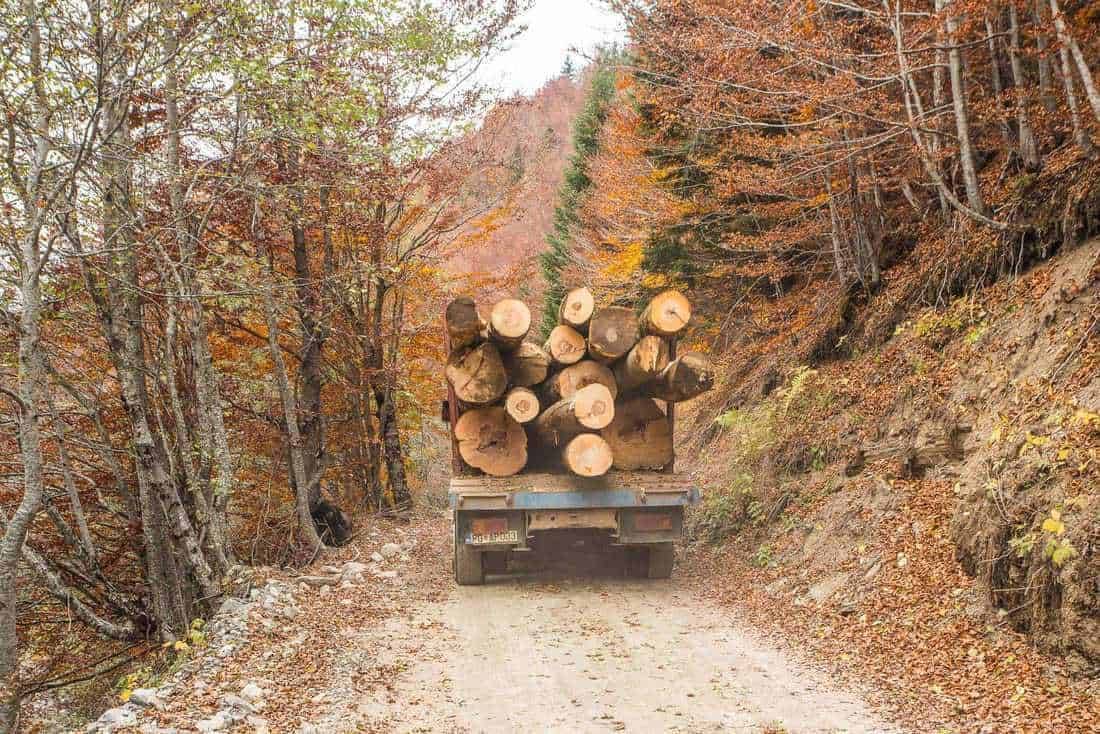

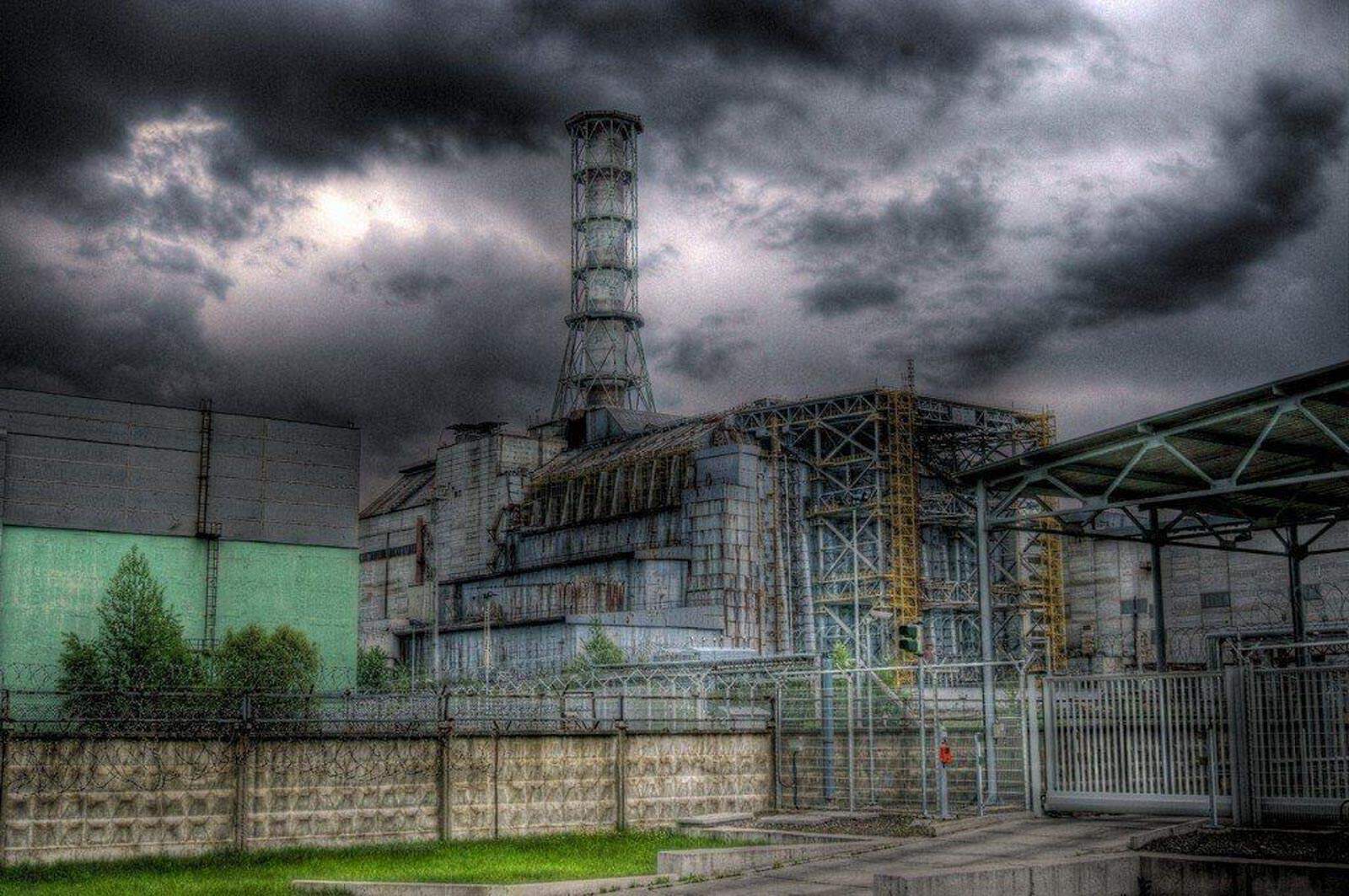


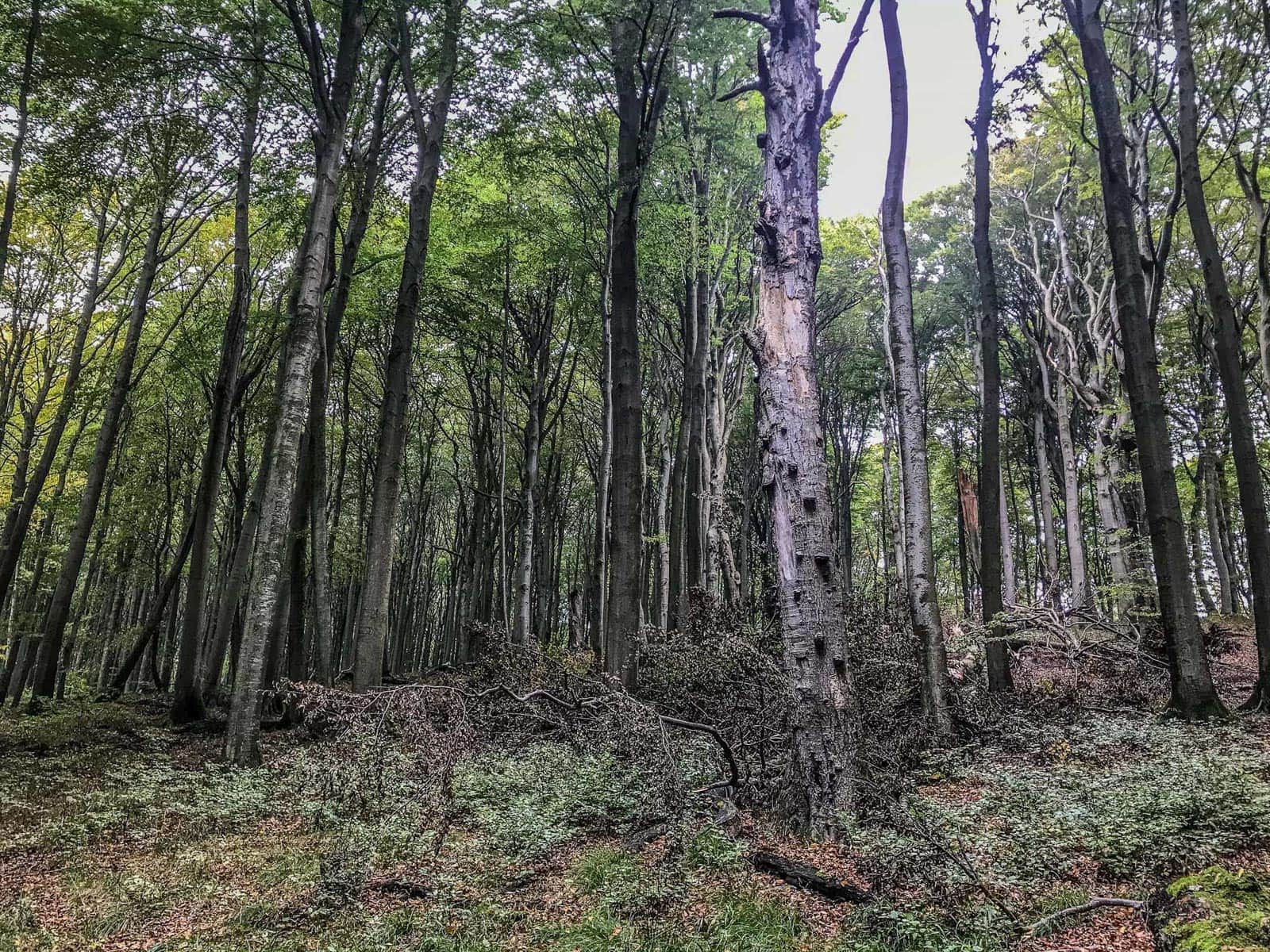

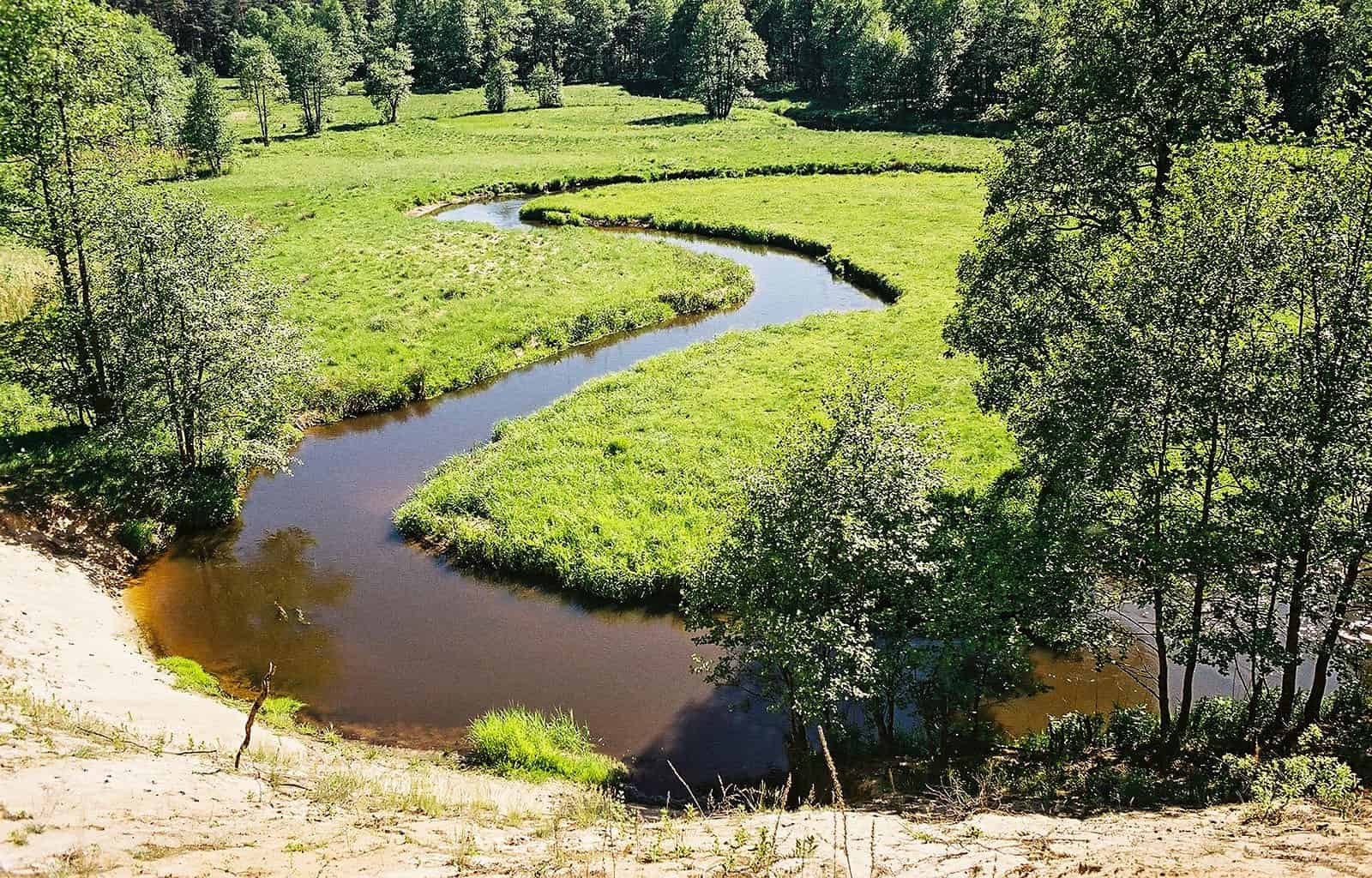
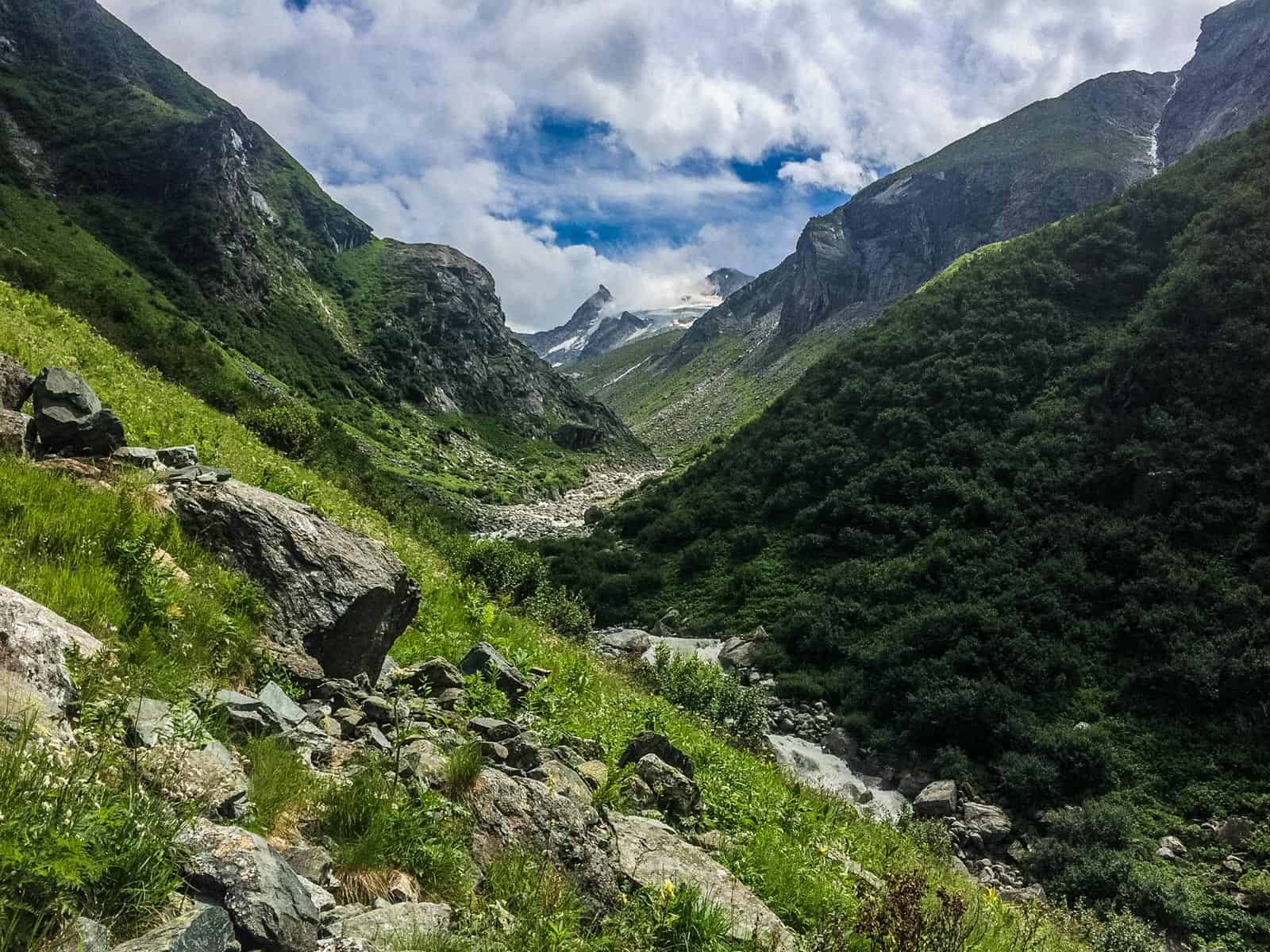
This study was heavily criticized by several experts in the field due to severe errors in the research design. It should be considered with great caution.